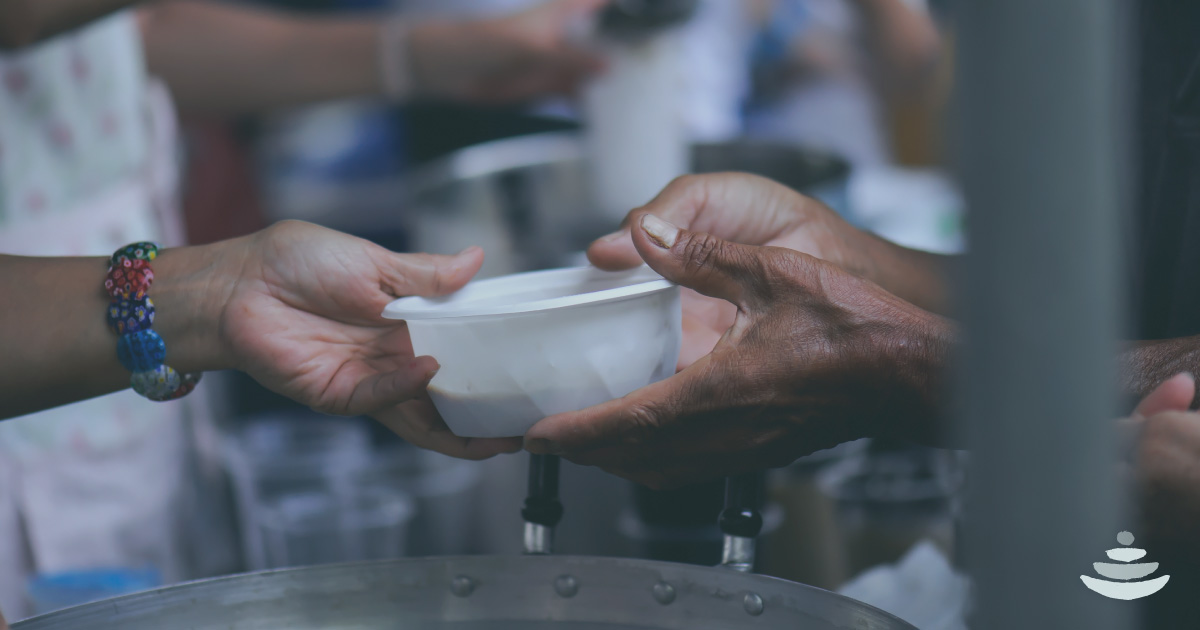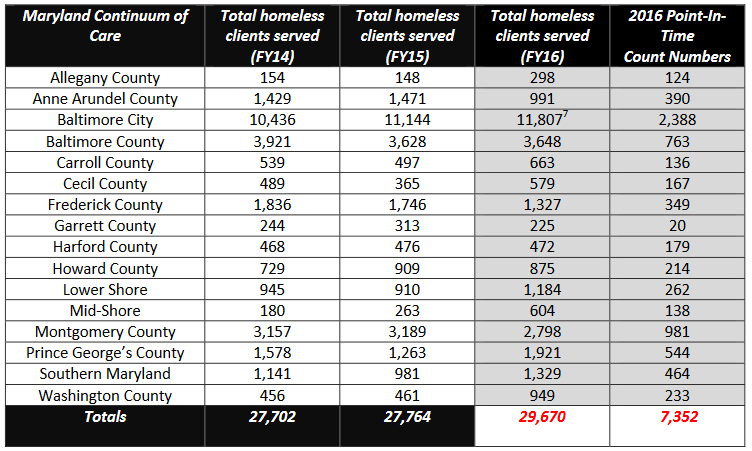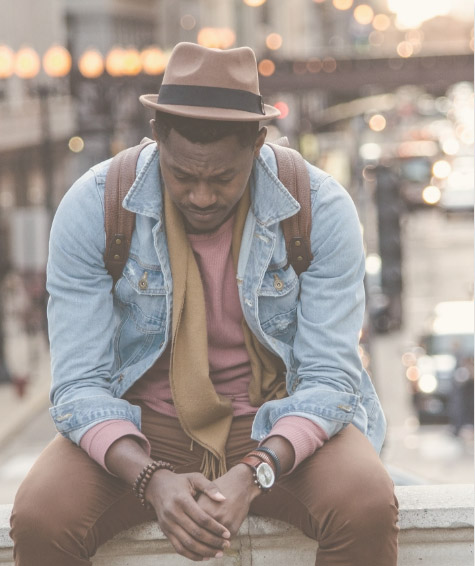Do sober living homes provide value when it comes to substance abuse recovery? Of course, we will always reply, “Yes,” to this question, but can we quantify it?
There are a lot of variables in play when it comes to sober housing and determining what constitutes success. Nevertheless, we will draw upon a longitudinal study as well as other relevant statistics in order to demonstrate the great benefit of sober living homes.
If you’re looking for the universal success rate, there’s not one easy number to point to, but we can provide several related stats and facts that help paint a pretty close picture.
Sober Living Longitudinal Study in California
One of the most wide-ranging studies of sober homes came out of California last decade. Douglas L. Polcin, Ed.D., led a group of researchers who studied two different models of sober living houses from 2005 to 2010. The National Institute on Alcohol Abuse and Alcoholism (NIAAA) funded this study, called “the first examination of sober living house residents using a longitudinal design.”
The Journal of Psychoactive Drugs published Polcin and co.’s findings in December 2010. The study tracked the results of 300 individuals who entered one of the two sober living communities on which Polcin’s team focused.
The two disparate models of sober living homes were:
- A group of homes located in Berkeley, California with a direct connection to an outpatient addiction treatment program. At the time of the study, there were four houses and 58 beds in total.
- A community of 16 “freestanding” houses (136-bed capacity) in Sacramento County, California. The first 30 to 90 days of residency were heavily structured, while residents enjoyed more personal freedom if they stayed longer than that. All residents had to abide by a curfew and attend 12-step meetings.
The research team interviewed all participants within their first week at one of the two sober living communities, and then conducted follow-up interviews at the 6-, 12- and 18-month marks. The study noted, “Average lengths of stay in both types of sober living houses surpassed the National Institute on Drug Abuse recommendation of at least 90 days to obtain maximum benefit.”
The average length of stay in the Berkeley sober living community was 254 days. The Sacramento County community boasted a still-impressive average length of stay of 166 days.
Sober Living Home Success Rates: The Findings
In the Berkeley sober living community, only 11 percent of interviewees said they were completely abstinent from drugs and alcohol over the six months prior to their initial (“baseline”) interview. During their stay in the sober home, that rate improved to:
- 68 percent at the 6- and 12-month marks
- 46 percent after 18 months
That’s right: The rate dropped between 12 and 18 months, but the researchers noted it was still significantly better than the baseline rate.
In the Sacramento County sober homes, 20 percent of interviewees said they were completely drug and alcohol abstinent over the six months prior to first entering the home. Over time, that rate improved to:
- 40 percent at 6 months
- 45 percent at 12 months
- 42 percent at 18 months
Yes, the rate decreased here between 12 and 18 months, also. Why? The study noted that 68 percent of the Berkeley participants and 82 percent of the Sacramento County participants had left the homes by the 12-month mark. Arguably, the residents who stayed past that time may have been the ones who were struggling more with complete abstinence and needed extra time, driving down the rate over that final six-month period.
Sober Living Benefits: Additional Takeaways
The study noted that the alcohol and drug severity was already low among residents first entering one of these sober homes.
“Because severity was low there was limited room to improve on these measures. Nevertheless, we found significant improvement at 6 months for both alcohol … and drug (abstinence). Those improvements were maintained at 12 and 18 months,” the report said.
The researchers also found no statistically significant differences in outcomes among demographic subgroups (age, gender, ethnicity, education level, etc.) and different referral sources (self, family member, criminal justice, inpatient program, etc.)
The study also noted, “By 18 months nearly all had left, yet improvements were for the most part maintained.”
Researchers could not conclude that one model of sober living was better than the other, due to the differing demographics and objectives each model had. Ultimately, it comes down to what’s best for the individual.
In general, however, the researchers concluded that sober living houses are beneficial for people who are:
- Completing residential treatment
- Attending outpatient treatment
- Seeking non-treatment alternatives for recovery (a sober, structured environment)
- Entering a community after recent incarceration
Longer Programs Equal Reduced Relapse Rates
A related study worth pointing out has to do with the length of addiction treatment programs. For those who went to treatment for 90 or more consecutive days, the relapse rate was only 15 percent within the first year after completing treatment, according to the National Institute on Drug Abuse.
Compare that to the nearly 40 percent relapse rate within the first year among those who only received 30 days of treatment. Findings like these are why the NIDA has declared 90 days to be the new gold standard for addiction treatment program lengths.
The NIDA has never stipulated that patients need to complete all 90 days in an inpatient rehab facility. A combination of inpatient and outpatient treatment, uninterrupted, can be just as effective, especially if the individual takes advantage of sober living accommodations while participating in an outpatient program.
Even the previously mentioned NIAAA-funded study concluded, “there are several significant advantages” when pairing outpatient treatment with sober living accommodations. Among the many benefits is the lack of arbitrary discharge dates by the program, allowing the individual to decide when he or she is ready to transition to greater independence.
“Some residents probably benefit from the mandate that they attend outpatient treatment during the day and comply with a curfew in the evening,” according to Dr. Polcin and his research team.
Sober Living on the East Coast
ECHO Recovery believes strongly in helping people find access to recovery homes that are tied to structured outpatient programs. Through the generous donations we receive, we also may be able to offer financial aid to certain clients to cover a portion of their costs for staying in a sober home.
Whether you’re brand new to rehabilitation or currently in an inpatient program, ECHO Recovery can help you find sober living accommodations on the East Coast along with ongoing outpatient treatment. Contact us if you’re ready to start or continue your journey to addiction recovery.
Learn the Rules of Sober Homes

Experienced Chief Executive Addiction Recovery and Mental Health Professional
Business professional in the Addiction Recovery and Mental Health industry for the past 26 years. Caring, compassionate and strongly motivated to make a difference in the organizations I am affiliated with and welfare of the population we serve. Currently focused on advocating, educating and developing projects leveraging evidence based, real time technology to support individuals in recovery.




 In order to supplement available housing in Maryland for those affected by homelessness and substance abuse, the state needs to begin looking into new options. Maryland’s Interagency Council on Homelessness (ICH) is already beginning to look into options for addressing the housing crisis in Maryland, including looking to mimic what has been done with “Housing First,” a cost effective national best practice for reducing homelessness, in other states. The Housing First program has offered results in many other cities and states, including Salt Lake City and New Orleans.
In order to supplement available housing in Maryland for those affected by homelessness and substance abuse, the state needs to begin looking into new options. Maryland’s Interagency Council on Homelessness (ICH) is already beginning to look into options for addressing the housing crisis in Maryland, including looking to mimic what has been done with “Housing First,” a cost effective national best practice for reducing homelessness, in other states. The Housing First program has offered results in many other cities and states, including Salt Lake City and New Orleans.
